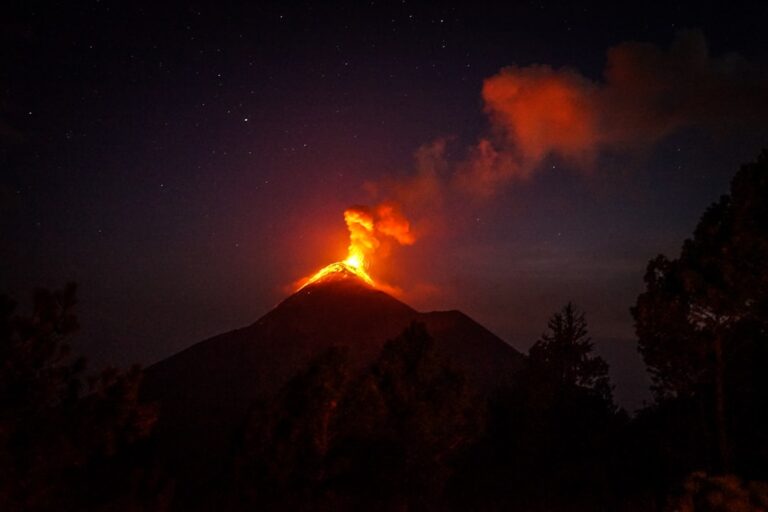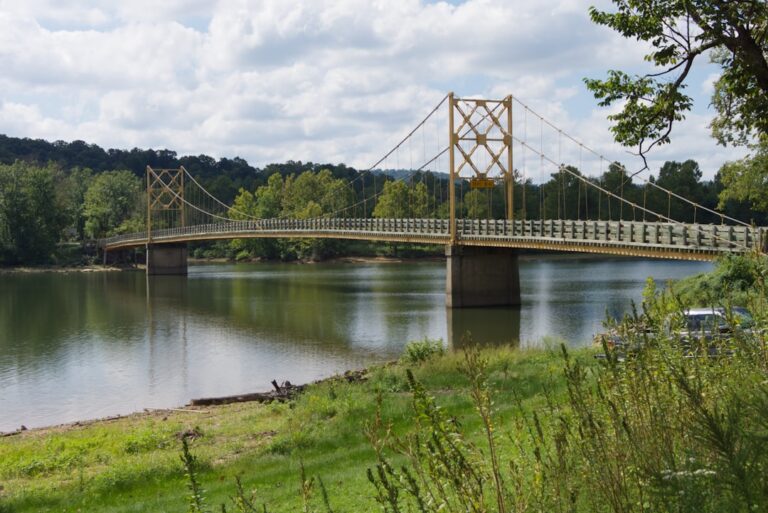In Norse mythology, Surtr is a powerful and destructive giant who plays a significant role in the story of Ragnarok, the end of the world. He is often depicted as a fearsome figure, engulfed in flames and wielding a flaming sword. Surtr’s importance lies in his role as the bringer of destruction and chaos, as well as his connection to the cycle of creation and renewal.
Key Takeaways
- Surtr is a destructive giant in Norse mythology who plays a significant role in Ragnarok, the end of the world.
- Surtr is described as a fiery and fearsome giant who wields a flaming sword that destroys everything in its path.
- Surtr’s domain is Muspelheim, the land of fire and heat, where he resides with other fire giants.
- Surtr engages in battles with several gods, including Freyr, Odin, and Thor, leading to the destruction and renewal of the world.
- Surtr’s symbolic significance lies in the duality of creation and destruction in Norse mythology.
Surtr’s Role in Ragnarok: The End of the World
Ragnarok is a cataclysmic event in Norse mythology that marks the end of the world. It is a time of great chaos and destruction, where gods, giants, and other mythical beings battle each other in an epic conflict. Surtr plays a crucial role in bringing about this apocalyptic event.
According to the myth, Surtr emerges from his realm of Muspelheim, the land of fire and heat, wielding his flaming sword. As he marches across the Bifrost, the rainbow bridge that connects Asgard (the realm of the gods) to Midgard (the realm of humans), he sets everything ablaze. His fiery presence engulfs the world in flames, destroying everything in its path.
The Physical Appearance of Surtr: A Fiery and Fearsome Giant
Surtr is often described as a giant with a fiery appearance. He is depicted as having flaming hair and beard, with eyes that burn like embers. His body is covered in flames, giving off intense heat and radiating an aura of destruction.
The symbolism behind Surtr’s fiery nature is multifaceted. Fire is often associated with destruction and chaos, representing the end of one cycle and the beginning of another. In Norse mythology, fire also symbolizes purification and renewal. Surtr’s fiery presence signifies both destruction and the potential for rebirth and renewal.
Surtr’s Weapon: The Flaming Sword that Destroys Everything in its Path
Surtr is known for wielding a powerful weapon, a flaming sword that is said to destroy everything in its path. This sword, often referred to as the “Sword of Surtr,” is a symbol of his destructive power and his role as the bringer of chaos and destruction.
The significance of the flaming sword in Norse mythology goes beyond its destructive capabilities. Fire is often associated with transformation and purification, and the flaming sword represents the transformative power of destruction. It is through destruction that new beginnings can emerge, and Surtr’s sword embodies this concept.
Surtr’s Domain: Muspelheim, the Land of Fire and Heat
Muspelheim is the realm of fire and heat in Norse mythology, and it is the domain of Surtr. It is a place of intense heat and flames, where rivers of fire flow and molten lava spews forth from volcanoes. Muspelheim is considered one of the Nine Worlds in Norse cosmology, and it is often depicted as a dangerous and inhospitable place.
Surtr rules over Muspelheim as its fiery king. His presence in this realm signifies his connection to fire and destruction. Muspelheim is seen as a place of chaos and disorder, contrasting with the orderly realms of the gods. Surtr’s rule over Muspelheim further emphasizes his role as a bringer of destruction and chaos.
Surtr’s Battle with Freyr: The God of Fertility and Agriculture

One of Surtr’s most notable battles in Norse mythology is with Freyr, the god of fertility and agriculture. In this epic clash, Surtr fights against Freyr, ultimately leading to Freyr’s demise.
The battle between Surtr and Freyr represents the conflict between destruction and fertility, chaos and order. Freyr represents the forces of life and growth, while Surtr embodies destruction and chaos. Their battle symbolizes the inevitable clash between these opposing forces, and the ultimate triumph of destruction over fertility.
Surtr’s Battle with Odin: The God of Wisdom and War
Surtr’s battle with Odin, the Allfather and ruler of Asgard, is another significant event in Norse mythology. Odin is the god of wisdom, war, and death, and his clash with Surtr represents the conflict between these opposing forces.
In this epic battle, Surtr ultimately defeats Odin, leading to his death. This battle symbolizes the triumph of destruction over wisdom and order. It represents the cyclical nature of existence, where destruction is necessary for renewal and rebirth.
Surtr’s Battle with Thor: The God of Thunder and Strength
Surtr’s battle with Thor, the god of thunder and strength, is yet another important event in Norse mythology. Thor is one of the most powerful gods in Norse mythology, known for his strength and ability to control thunder and lightning.
In this epic clash, Surtr and Thor engage in a fierce battle. Despite Thor’s formidable strength, Surtr ultimately emerges victorious, leading to Thor’s demise. This battle symbolizes the triumph of destruction over strength and power. It represents the cyclical nature of existence, where even the mightiest can be brought down by the forces of destruction.
Surtr’s Legacy: The Destruction and Renewal of the World
After Surtr’s battles with Freyr, Odin, and Thor, Ragnarok reaches its climax. The world is engulfed in flames as Surtr’s destructive power consumes everything in its path. The gods, giants, and other mythical beings are all destroyed in this cataclysmic event.
However, from this destruction comes renewal. After Ragnarok, a new world emerges from the ashes. The surviving gods gather and begin the process of rebuilding and creating a new world. Surtr’s role in this destruction and renewal is crucial, as he represents the necessary force of destruction that paves the way for new beginnings.
The Symbolic Significance of Surtr: The Duality of Creation and Destruction in Norse Mythology
Surtr’s role in Norse mythology represents the duality of creation and destruction. In Norse cosmology, creation and destruction are intertwined, and one cannot exist without the other. Surtr embodies this duality, as he is both a destructive force and a symbol of renewal.
Surtr’s fiery nature represents the destructive power of fire, but it also symbolizes purification and renewal. Fire has the ability to destroy, but it also has the power to cleanse and purify. Surtr’s role as a bringer of destruction signifies the necessary cycle of death and rebirth that is inherent in Norse mythology.
In conclusion, Surtr is a powerful and destructive giant in Norse mythology who plays a significant role in the story of Ragnarok. His fiery appearance, flaming sword, and rule over Muspelheim all emphasize his role as a bringer of chaos and destruction. Surtr’s battles with Freyr, Odin, and Thor symbolize the conflict between destruction and fertility, chaos and order, strength and power. Ultimately, Surtr’s legacy lies in his role in the destruction and renewal of the world, representing the duality of creation and destruction in Norse mythology.
If you’re fascinated by the mythical Norse figure Surtr, you won’t want to miss this captivating article on Adeline Luce’s website. Delve into the depths of Norse mythology and explore the intriguing tale of Surtr, the fire giant destined to bring about Ragnarok, the end of the world. Discover the significance of Surtr’s flaming sword and his role in this cataclysmic event. Uncover the secrets behind Surtr’s origins and his connection to other prominent figures in Norse mythology. Prepare to be enthralled by this riveting article that sheds light on the enigmatic character of Surtr.
FAQs
What is Surtr?
Surtr is a giant from Norse mythology who is associated with fire and destruction. He is said to wield a flaming sword and is destined to lead the forces of Muspellheim, the realm of fire, in a battle against the gods during Ragnarok, the end of the world.
What is the origin of Surtr?
Surtr is a figure from Norse mythology, which was the mythology of the Vikings and other Germanic peoples who lived in Scandinavia during the Viking Age (roughly 800-1100 CE). The stories about Surtr and other Norse gods and heroes were passed down orally for centuries before being written down in the 13th century in the form of the Prose Edda and the Poetic Edda.
What is Surtr’s role in Norse mythology?
Surtr is primarily known for his role in Ragnarok, the final battle between the gods and the giants that will result in the destruction of the world. According to Norse mythology, Surtr will lead the forces of Muspellheim, the realm of fire, in this battle, and will fight against the god Freyr, who will be armed with the magical sword that he gave away earlier in the story.
What is Surtr’s appearance?
Surtr is typically depicted as a giant with a flaming sword and hair of fire. He is often described as having a fierce and terrifying appearance, and is associated with the destructive power of fire.
What is the significance of Surtr in Norse mythology?
Surtr represents the destructive power of fire, which was a major force in the lives of the Norse people. He is also a symbol of the inevitability of death and destruction, which is a central theme in Norse mythology. Surtr’s role in Ragnarok is seen as a necessary part of the cycle of life and death, and his defeat of the gods is seen as a necessary step towards the rebirth of the world.













+ There are no comments
Add yours